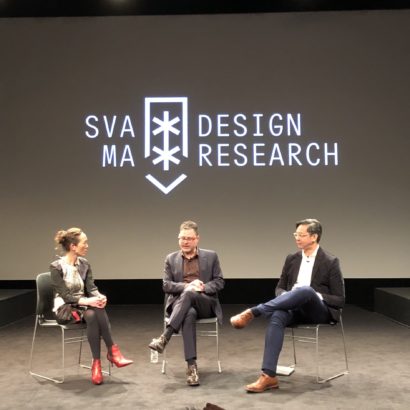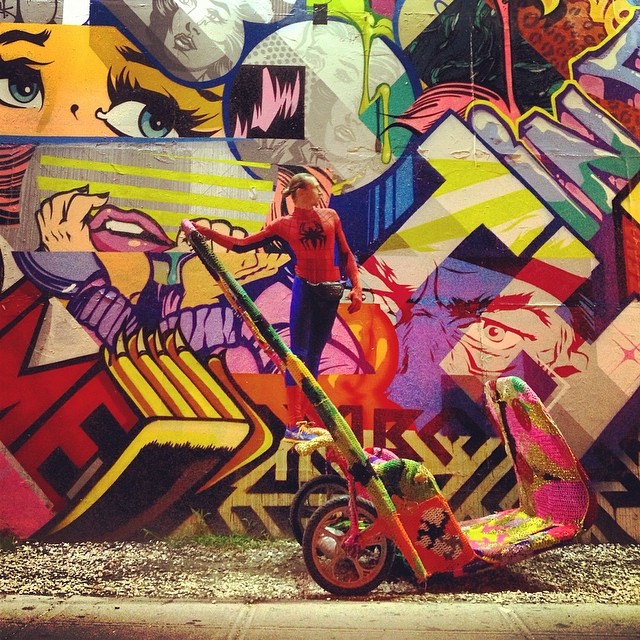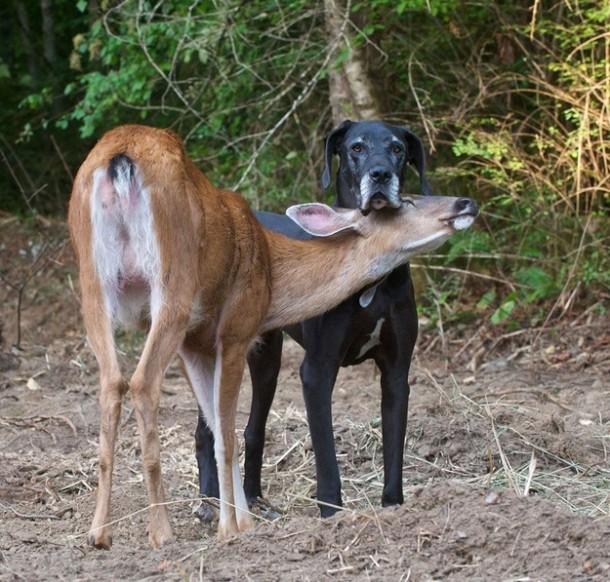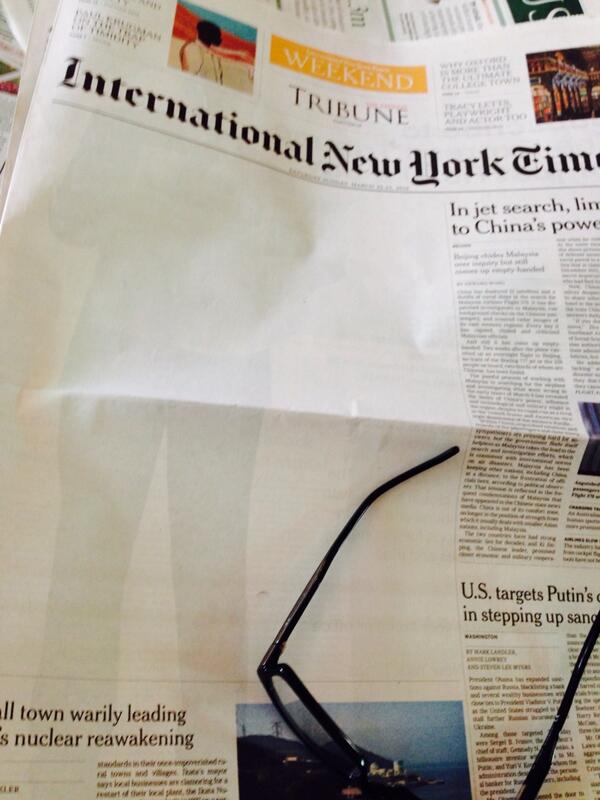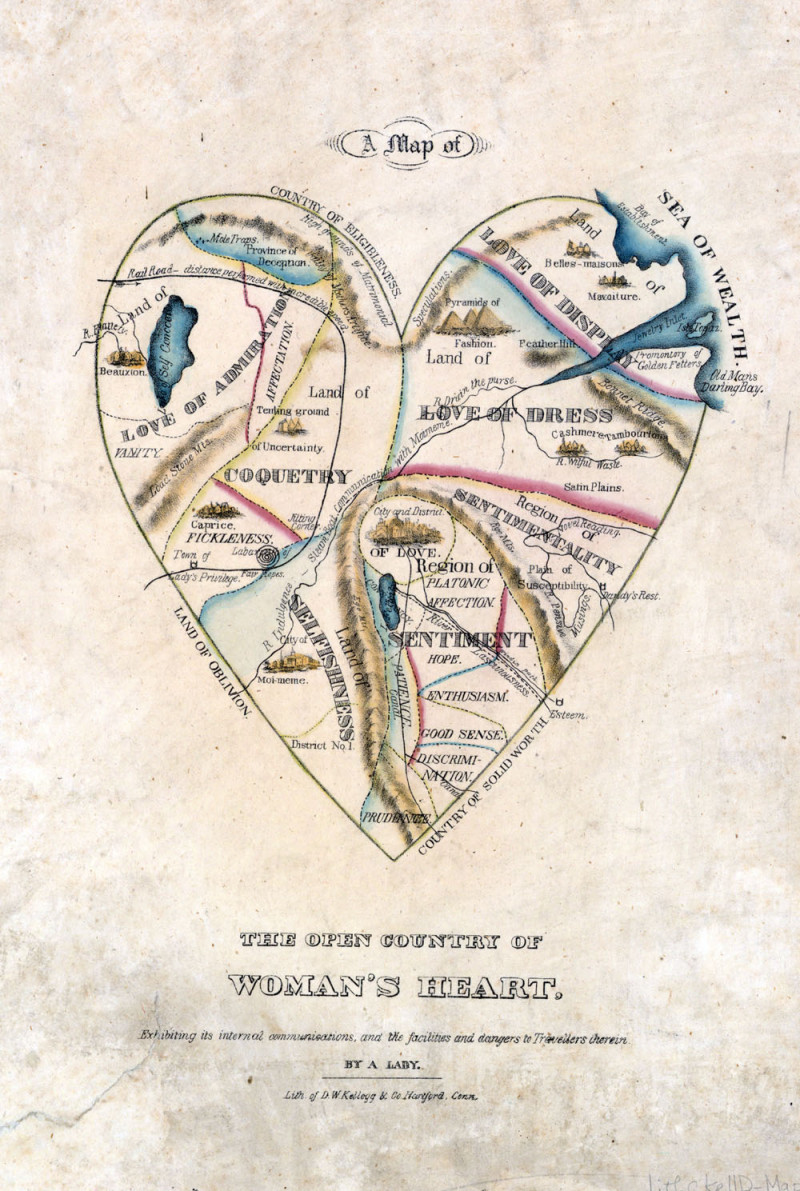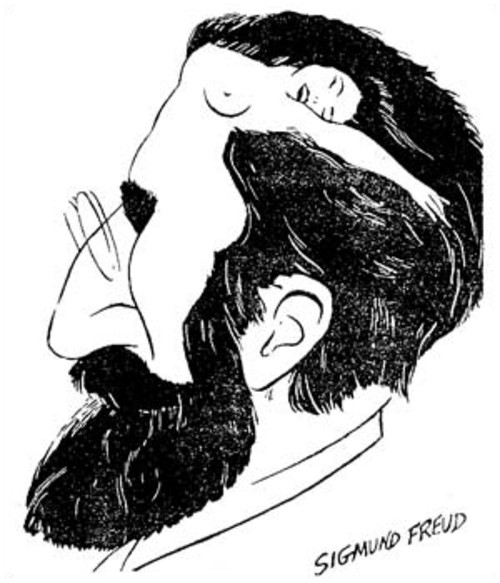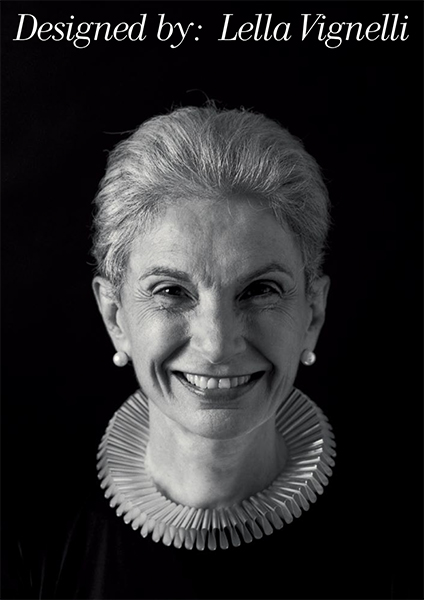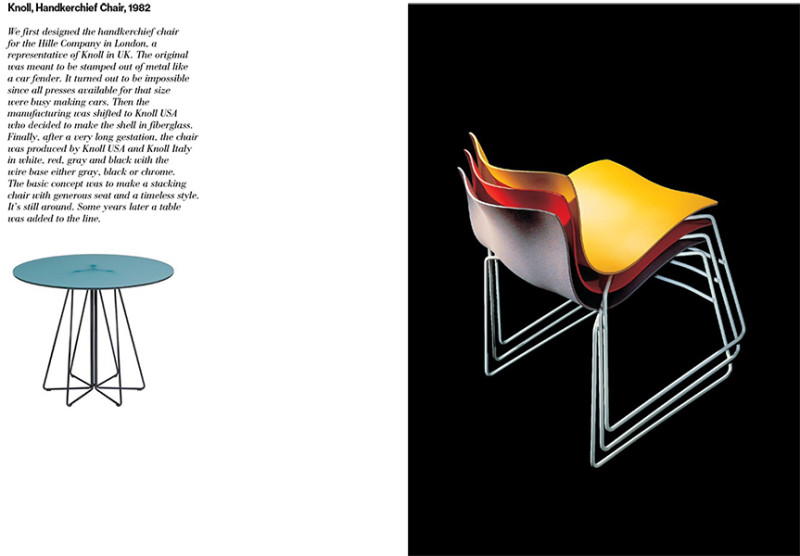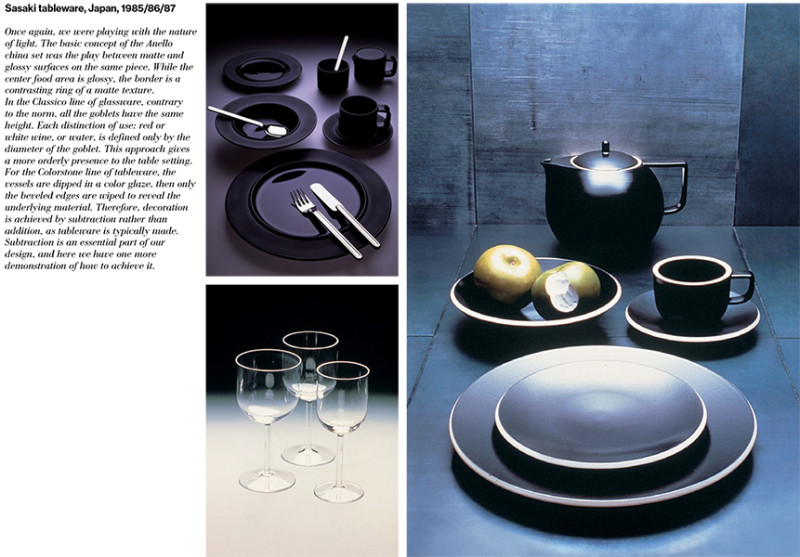Who doesn’t love coffee, that life-giving, community-bonding nectar of the caffeine gods? Me, actually. While it’s true that on occasion I will gulp down a cup of it after a sleepless night, by and large I’m mystified that so many smart, caring, sensitive people that I love and admire are so enthralled by what are literally the dregs of caffeine strained through ground beans.
In the West, and particularly in urban centers of the United States, we’ve turned coffee into not just a daily habit, but a totem of conspicuous consumption. They are “rituals of self-congratulation” (a choice phrase from Frank Bruni) wherein we continually obsess over certain coffee purveyors or certain methods of brewing coffee — each new one more complex, more Rube Goldbergian and more comically self-involved than the previous brewing fad.
Once in hand, we proudly parade those ostentatiously titled cups of coffee, lidded and wrapped in insulating sleeves, around with us as we walk and drive. They’re like our hood ornaments: branded markers, symbols of our fealty to given coffee houses that, we are convinced, make us better, more informed, more authentic, more committed consumers of dirty hot water than those others who will settle for lesser brands.
Coffee is a social scam in that we are compelled to believe that it energizes our interactions with one another, when it actually saps our drive — caffeine is scientific proof of the law of diminishing returns — while diverting our attention away from substantive discourse. We avidly talk about our passion for essentially meaningless distinctions between different coffee brews the way we talk about the weather — which is to say endlessly, tiresomely, and as a method of saying something without actually saying anything.
And it’s an economic scam too: coffee is exorbitantly priced — not just the beans, but all of the paraphernalia that goes with it. Single-brew coffee, a recent trend in brewing which thankfully is starting to take some heat for its fundamentally dishonest value proposition, costs by some reports as much as US$50 per pound. What’s more, it’s an assault on our environment: much of the material that goes into single-serving pods is not bio-degradable, and Mother Jones reports that Vermont-based Green Mountain Coffee, which makes the popular “K-Cups” pod system, is responsible for enough waste to circle the globe ten and a half times. And most of it is destined for landfills.
Green Mountain only makes five percent of its current cups out of recyclable plastic. The rest of them are made up of a no. 7 composite plastic, which is non-recyclable in most places. And for the small few that are recyclable, the aluminum lid must be separated from the cup, which also must be emptied of its wet grounds, for the materials to make it through the recycling process. Even then, chances are the pod won’t be recycled because it’s too small, says Darby Hoover, senior resource specialist at the National Resources Defense Council.
Hoover goes on to elaborate that “No. 7 plastic means ‘other.’ You don’t know what it is.”
So that’s how I feel about coffee.
+
